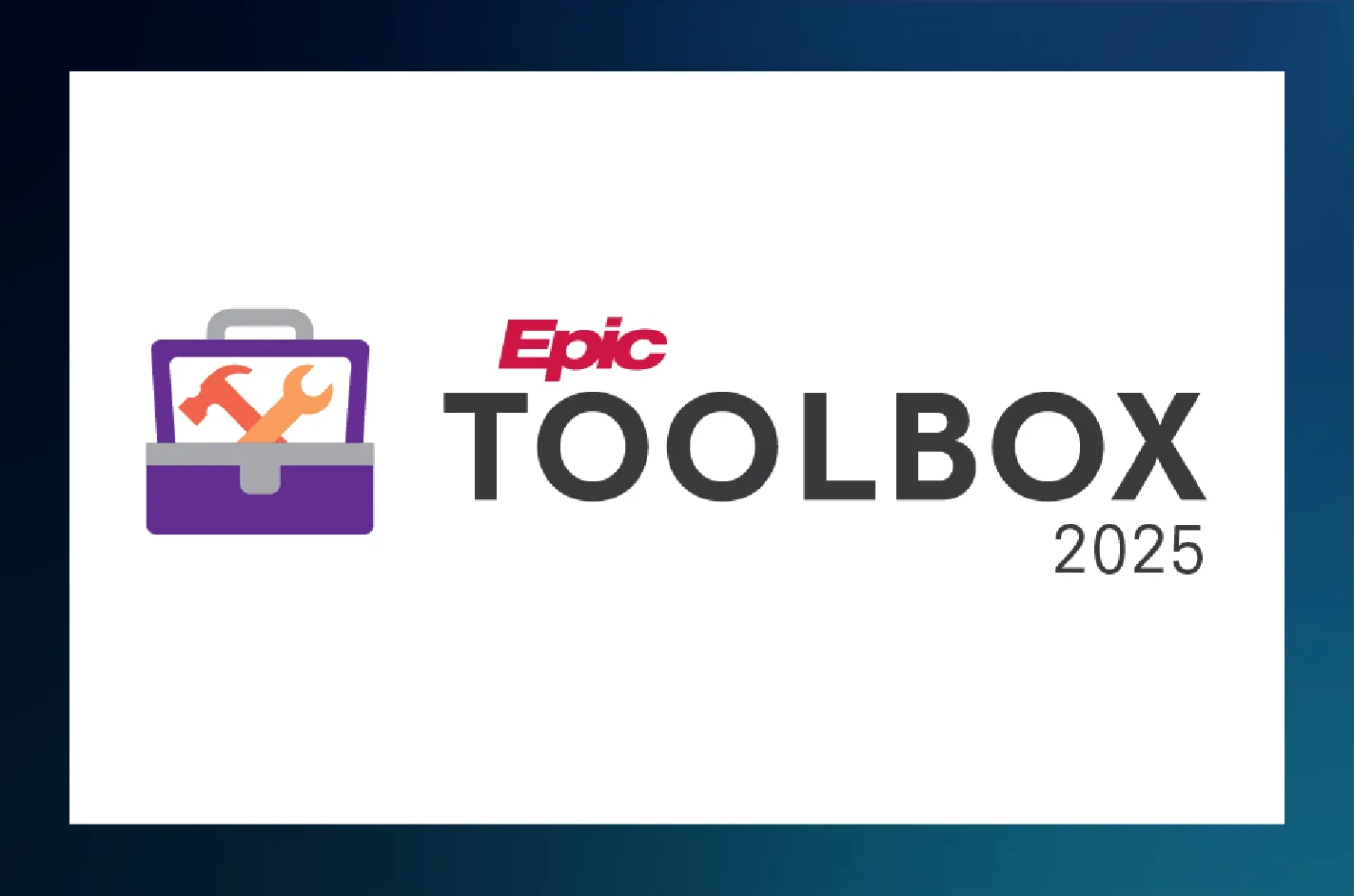Product Guides
Discover how Arintra’s AI-powered coding works, key features, and its seamless integration into your revenue cycle workflow
Explore Product Guides
Thank you! Your submission has been received!
Oops! Something went wrong while submitting the form.










